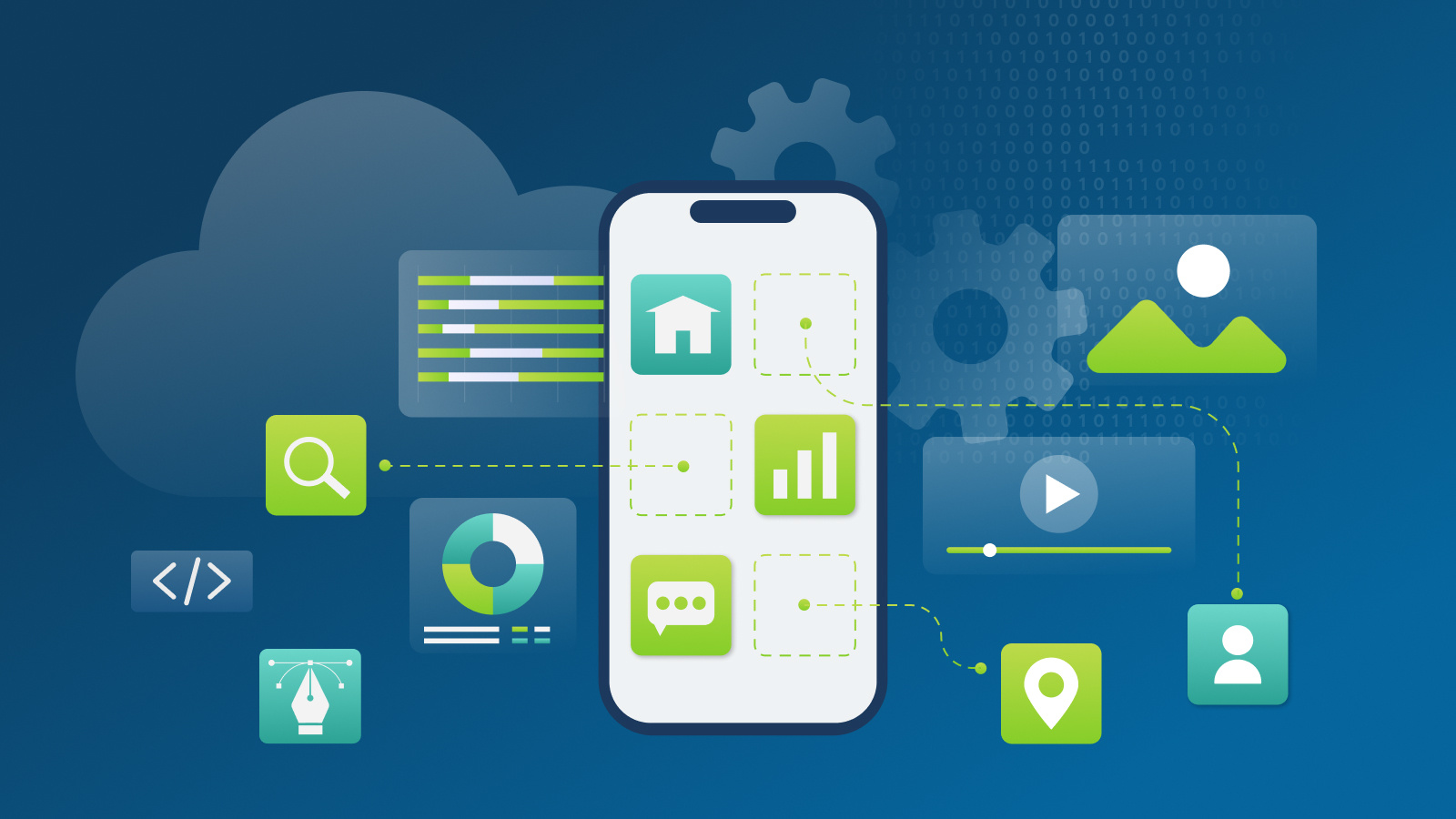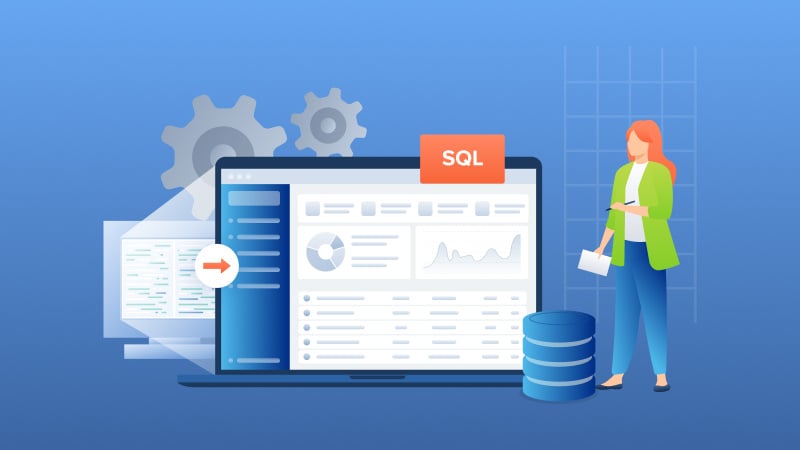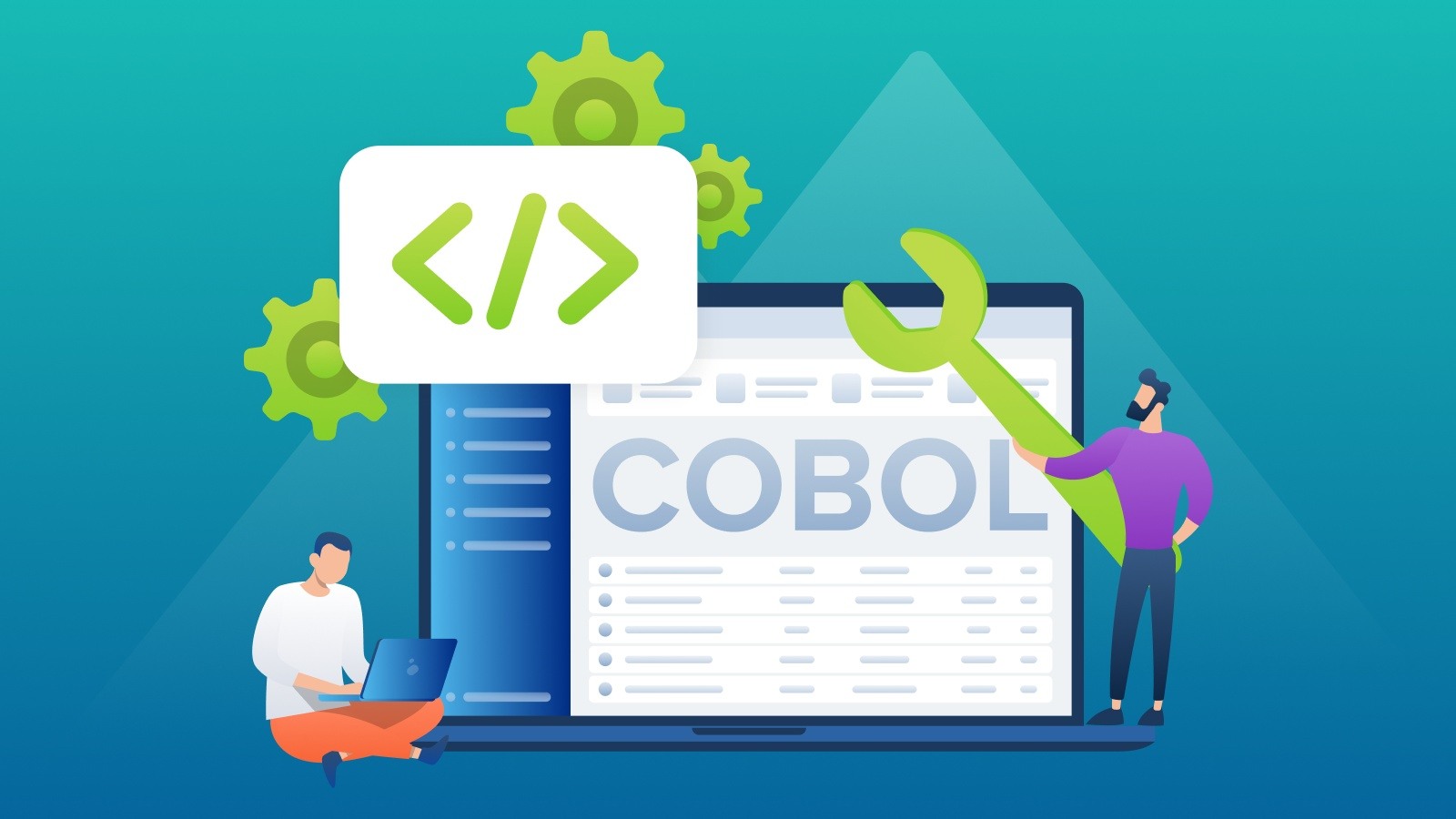Why Migrate from Btrieve to PostgreSQL and other Relational Databases?
Introduction Many independent software vendors (ISV) and corporate users still rely on applications that use a category of database collective called...

In the age of digital transformation, businesses are increasingly moving away from traditional on-premises systems, steering towards more dynamic, cloud-based solutions.
At the forefront of this seismic shift is AWS (Amazon Web Services), leading the charge in redefining how companies build, deploy, and scale applications.
But what results can AWS bring to your business?
By adopting AWS, you can reduce the total cost of ownership by 64% and downtime – by up to 40%. Additionally, AWS can improve your efficiency, agility, and business continuity, setting the stage for sustained innovation and growth.
But there are a few things you need to know before jumping onto the AWS application modernization bandwagon.
Let's cover all about AWS, including its components, challenges, best practices, and more.
AWS app modernization helps businesses harness the power of cloud computing. This process transcends the traditional lift-and-shift approach, aiming to exploit the breadth of AWS capabilities fully.
At its core, AWS modernization is about enhancing scalability, boosting performance, and fortifying security.
Additionally, with AWS, you can access a suite of services to streamline the modernization process. From container services like Amazon ECS and EKS to serverless solutions such as AWS Lambda, the platform offers diverse options for transforming your applications.
These tools improve application delivery and manageability and reduce operational costs, making high-performance computing resources easily accessible without the hefty price tag.
The AWS application modernization solutions and robust ecosystem stand out as its core strengths, providing everything from computing power and storage to advanced analytics and machine learning capabilities.
Moreover, the platform's pay-as-you-go pricing model is a game-changer for cost reduction. It eliminates the need for upfront capital investment in hardware and reduces the ongoing costs associated with over-provisioning or underutilizing resources.
This flexibility allows you to tailor your modernization journey to your needs, making AWS an unbeatable ally regardless of your company's size and industry.
For example, businesses burdened with legacy systems find AWS particularly beneficial, as it offers a pathway to innovation without the prohibitive costs typically associated with such a transformation. Meanwhile, sectors focused on rapid innovation—such as tech startups—can leverage AWS's scalable infrastructure to experiment and deploy new features at an unprecedented pace.
 Source: Amazon Web Services on Facebook
Source: Amazon Web Services on Facebook
The modern application development on AWS unfolds in three pivotal phases: assess, modernize, and manage. Each phase aids the transition to AWS, enabling you to tap into the Cloud's full spectrum of benefits.
Let's take a closer look at each of these phases:
This initial step is about laying the groundwork for a successful modernization journey.
At this stage, you should conduct a comprehensive analysis of your existing application portfolio, utilizing the AWS application modernization questionnaire to understand the strategic value of each application deeply.
This assessment covers five critical dimensions:
The aim here is to categorize, prioritize, and plan the modernization sequence for applications alongside documenting the envisioned operating models. At the end, you should have a detailed blueprint for application modernization, setting the stage for targeted improvements in both technical and functional architecture.
With a clear roadmap, you can now focus on revitalizing your apps through a well-structured modernization program. But, remember that this should be supported by an organizational readiness for change and a culture of continuous improvement.
At this stage, you should:
Other essential activities include transferring your apps into lightweight containers, designing them as loosely coupled microservices, and ensuring API-centric interaction.
At the end of this phase, you should have a robust, scalable, and efficiently managed application environment.
The final phase integrates continuous learning and optimization as core components of the modernization process. It involves:
You can achieve this by following effective change and program management practices and committing to quality assurance and service excellence. This way, you can lay the foundation for sustained modernization success.
Adopting the right AWS app modernization approach is crucial for your successful transformation. Here are some of the main best practices you need to follow:
 Source: Amazon AWS Documentation
Source: Amazon AWS Documentation
The AWS tools can make your cloud migration as smooth and efficient as possible. Here's a closer look at the key tools you should utilize during your modernization journey:
While AWS modern apps unleash enhanced efficiency, scalability, and innovation, they also come with their own set of challenges:
Navigating the intricacies of cloud architecture can be daunting, especially if your legacy systems are deeply embedded in your operations. Additionally, re-architecting applications to be cloud-native demands a profound understanding of both old and new technologies.
How to solve this: Begin with thoroughly assessing your current IT infrastructure and identifying which applications will benefit most from modernization. This plan should align with your business objectives, taking into consideration the technical and financial aspects of the migration.
their daily operations. Limited IT staff and budget constraints can slow down the transition, impacting your project timelines and outcomes.
How to solve this: Leveraging expertise is crucial, whether training your existing staff or partnering with cloud experts. You can use the help of AWS-certified professionals who can navigate the complexities of cloud migration more effectively, ensuring a smoother transition.
Moving sensitive data and applications to the Cloud introduces legitimate security worries. Additionally, ensuring compliance and protecting against data breaches becomes increasingly complex in a cloud environment, where the perimeter is no longer defined by physical boundaries.
How to solve this: You should adopt a security-first mindset, utilizing AWS's robust security tools and services. Also, conduct regular security checks and stay informed on best practices for cloud security to protect your data and applications.
Embarking on AWS cloud application modernization involves navigating technical complexities and security concerns. However, partnering with a seasoned expert can help you achieve a successful and cost-effective modernization.
A qualified application modernization partner, like Mertech, can tailor your journey to suit your unique needs, ensuring a smooth transition regardless of the chosen cloud provider. With Mertech's expertise, you can confidently overcome challenges, avoid unnecessary expenses, and enhance customer satisfaction.
Ready to modernize your applications with a trusted partner? Contact us today and unlock the full potential of cloud modernization for your business.

Introduction Many independent software vendors (ISV) and corporate users still rely on applications that use a category of database collective called...

COBOL applications are the foundation of numerous essential business functions, especially within the banking, insurance, and government sectors....

Imagine breaking free from the constraints of old, monolithic systems and embracing the agility and innovation of cloud-based solutions.